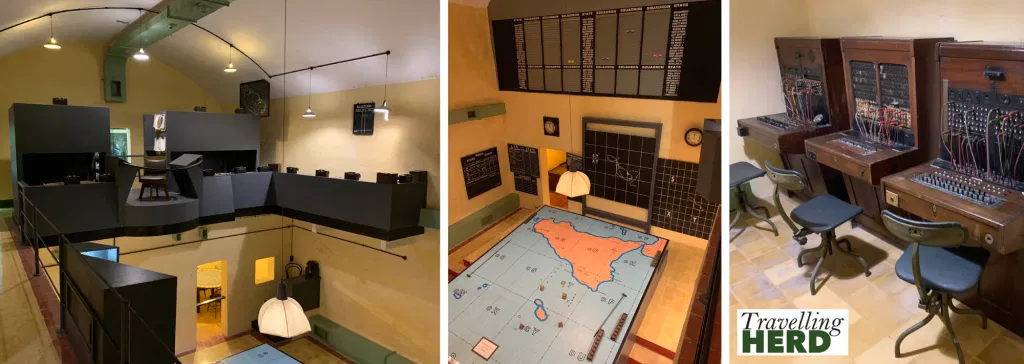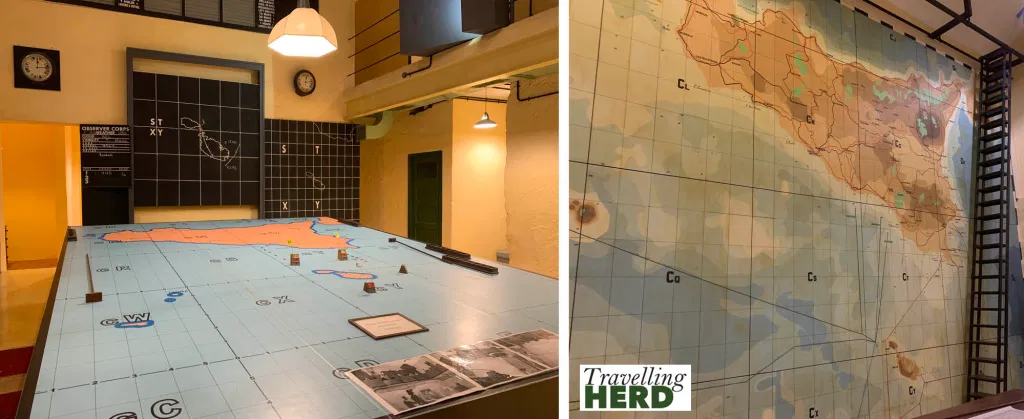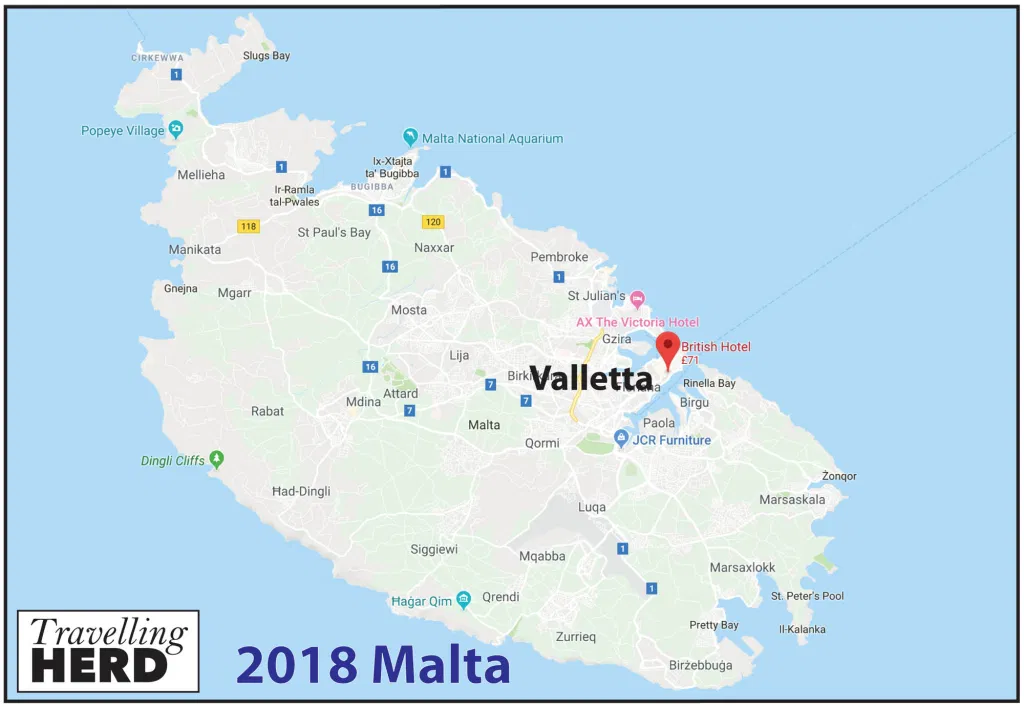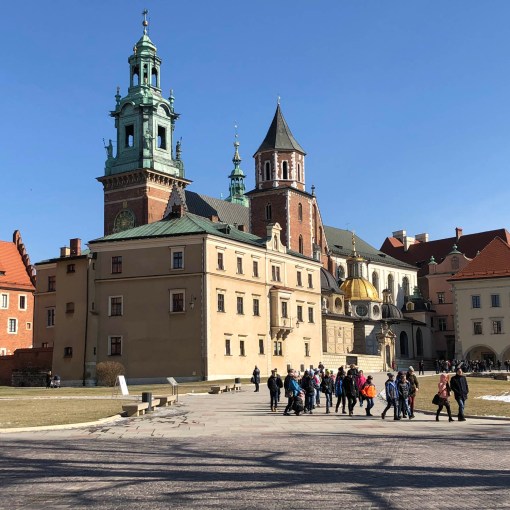Valletta: Saturday, 24th November 2018
The location of the Lascaris War Rooms, understandably, is not as easy to find as some of the other Maltese tourist sites: after all the War Rooms were the secret underground headquarters for the Allies’ defence of the Mediterranean. Signs led us on a rather convoluted route down steps and through tunnels: it all seemed to be part of the experience but we did find a more direct route when we exited. There was a personable young guide greeting visitors who was dressed in an WWII RAF uniform but as we had a plane to catch, we could not wait for the next tour and had to opt for the audio guide.
The War Rooms proved to be one of the highlights of the trip: like stepping back in time you can see . . .

. . . the telephone exchange rooms and all the charts, plans and tote boards used to plot the movements of ships and aircraft. Notice the big island on the map is Sicily, this is where the Axis planes were based and mounted their attacks from and was subsequently the focus of the Allied attack, co-ordinated by Eisenhower and Montgomery in this room.

On our strolls round Valletta we kept passing an unused entrance to an ecclesiastical building with a sign directing people round the corner to the entrance to the Shipwreck Church. When Matilda realised the significance of this building, following the trip to Rabat, she felt we should take a look. The Shipwreck Church was free to enter and although a sign asked for donations towards the repair of the fabric of the building, the gatekeeper was a rather elderly gentleman who seemed to be asleep. We were not at all sure that each and every visitor would have been encouraged to contribute, although we did as the building certainly looked in need of some TLC. The interior featured many glass tabernacles displaying icons of saints and Matilda found the overall effect rather unsettling: but she is not renowned for her religious Christian sympathies.
We also went to The Fortress Builders – a free museum which celebrates Malta’s military architectural heritage and explains how developments in weaponry influenced the structure and design of the defensive buildings in Valletta. The museum is appropriately housed in one of the bastions and is worth a visit. The views from the various levels are impressive – and the photo for the top banner image was taken here.
Walked: 5.4 miles
Location: British Hotel, Valletta, Malta






